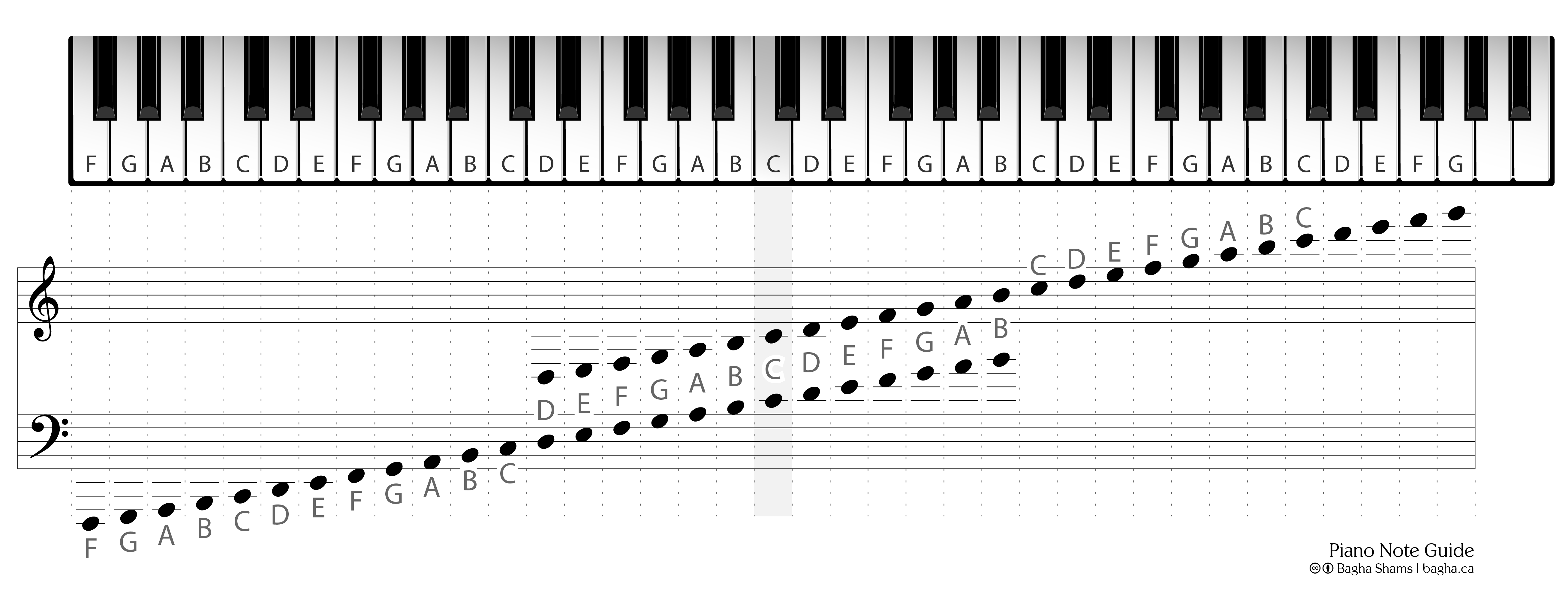

The Electrical Era (1925–1945) (including sound on film) The reproduction of domestic phonographs was similarly limited in both frequency-range and volume.īy the end of the acoustic era, the disc had become the standard medium for sound recording, and its dominance in the domestic audio market lasted until the end of the 20th century. Performers also had to arrange themselves strategically around the horn to balance the sound, and to play as loudly as possible. Musical ensembles of the period often favoured louder instruments such as trumpet, cornet, and trombone lower-register brass instruments such as the tuba and the euphonium doubled or replaced the double bass, and blocks of wood stood in for bass drums. These early recordings were necessarily of low fidelity and volume and captured only a narrow segment of the audible sound spectrum - typically only from around 250 Hz up to about 2,500 Hz - so musicians and engineers were forced to adapt to these sonic limitations. A sensitive membrane or diaphragm, located at the apex of the cone, was connected to an articulated scriber or stylus, and as the changing air pressure moved the diaphragm back and forth, the stylus scratched or incised an analogue of the sound waves onto a moving recording medium, such as a roll of coated paper, or a cylinder or disc coated with a soft material such as wax or a soft metal. These recorders typically used a large conical horn to collect and focus the physical air pressure of the sound waves produced by the human voice or musical instruments.

The earliest practical recording technologies were entirely mechanical devices. Note the recording horns placed before soloist and orchestra

Edward Elgar and Beatrice Harrison during recording sessions for his Cello Concerto in 1920.


 0 kommentar(er)
0 kommentar(er)
